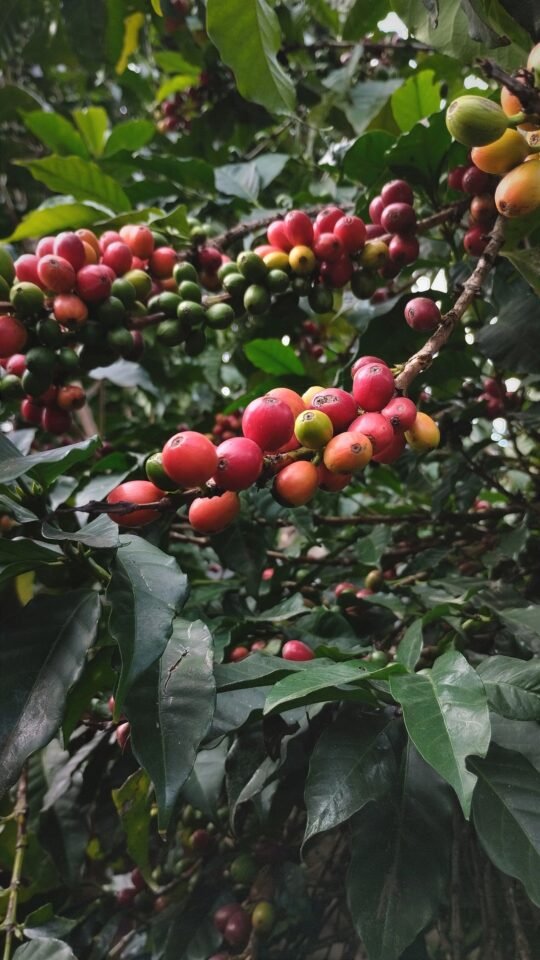Coffee prices took a dip on Friday as signs of increasing global supply influenced the market. December Arabica coffee futures (KCZ24) closed down -7.05 (-2.71%), while January ICE Robusta coffee (RMF25) fell by -110 (-2.45%).
Following a sharp rally on Thursday, coffee prices receded significantly, driven by an uptick in global supply. The International Coffee Organization (ICO) reported a substantial increase in coffee exports, with September figures showing a 25% year-over-year rise, totaling 10.76 million bags. The coffee year, running from October to September, saw total exports reach 137.27 million bags—a rise of 11.7% compared to the previous year. These figures are placing downward pressure on prices.
Although prices fell, underlying support stems from ongoing climate concerns in key coffee-producing countries. In Brazil, unusually dry conditions threaten to impact coffee yield. Minas Gerais, the nation’s largest Arabica-producing region, reported only 64% of its typical rainfall levels last week, according to Somar Meteorologia. These continued dry spells have damaged coffee trees during the crucial flowering stage, potentially reducing Brazil’s 2025/26 Arabica output.
Meanwhile, robusta prices remain buoyed by reports of heavy rainfall in Vietnam’s Central Highlands, raising fears of potential flooding. The region, currently entering harvest season, faces challenges from excessive rain that could impact production in Vietnam, the world’s largest robusta coffee producer.
Coffee inventories monitored by the ICE highlight a tightening supply environment. Although Arabica inventories earlier recovered from last year’s 24-year low, robusta stocks have recently reached a six-month low, adding further support to prices.
Despite short-term supply fluctuations, longer-term projections indicate a potential surplus. The ICO anticipates a 5.8% increase in global coffee production for the 2023/24 season, reaching a record 178 million bags. The USDA’s Foreign Agriculture Service (FAS) projects world coffee production in 2024/25 to rise by 4.2%, with increases in both Arabica and Robusta. This growth is anticipated to lead to a 7.7% rise in global ending stocks.
Brazil’s crop forecasting agency, Conab, reduced its production forecast for 2024 from 58.8 million bags to 54.8 million due to climate conditions. However, USDA estimates show Brazil’s Arabica production could see a 7.3% increase in 2024/25, with improved yields and expanded acreage.
In sum, coffee prices face a tug-of-war between immediate supply pressures and longer-term production growth, influenced by weather patterns and regional yields. These dynamics suggest that market volatility may persist as traders navigate these global trends.
